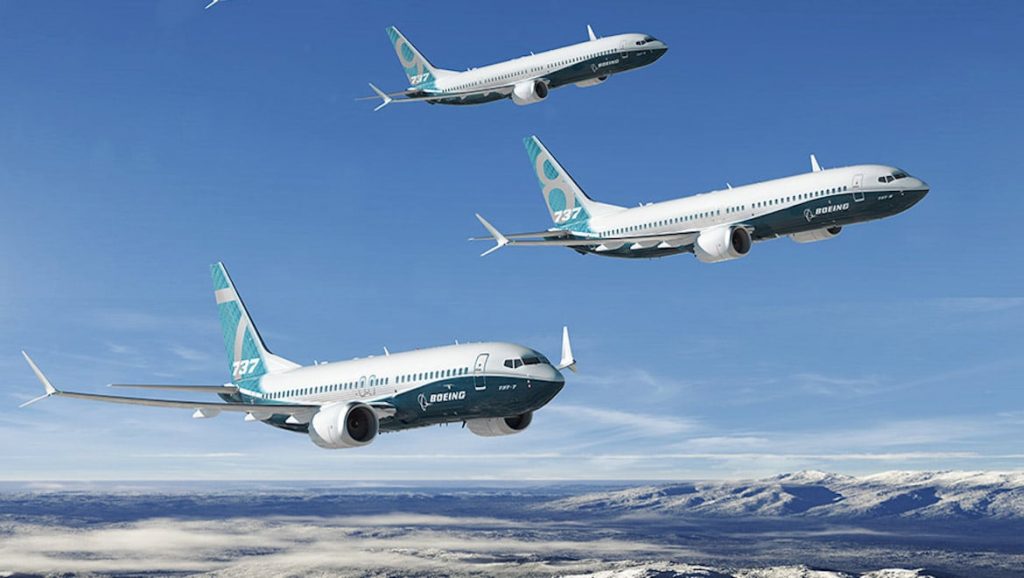
Over the last few days, the future of the 737 MAX has begun to look a little more certain, with regulators in the US and EU due to recertify the plane as soon as November, and an FAA administrator to conduct a personal safety test.
EU regulator gives tentative green light
The European Union Aviation Safety Agency may give Boeing’s embattled 737 MAX the official green light to return to commercial service by the end of the year, according to the agency’s chief aviation safety regulator.
The aircraft has been grounded around the world since March 2019, following two fatal crashes.
Boeing has since introduced a number of design and procedural changes to the aircraft in order to make it safer, and get the plane recertified for commercial use.
“For the first time in a year and a half I can say there’s an end in sight to work on the MAX,” said EASA executive director Patrick Ky on Friday.
The European agency intends to lift its technical ban on the aircraft “not long” after the US Federal Aviation Administration does so.
“We are looking at November,” Ky said of the potential recertification date, and noted that China will likely take longer to provide its own approval to recertify the aircraft.
Despite this, national operational clearances for individual airlines are likely to take a little longer, meaning the aircraft may not be seen in European skies until at least December.
According to Ky, the EASA has raised a number of safety issues with Boeing and the FAA in the recertification efforts, and noted that all but one concern is currently left unaddressed.
The EASA, along with Transport Canada and a number of pilots unions have called for flight crew to be able to manually cut power to a “stick shaker” alarm system during a potential emergency situation, which is known to have served as a distraction to crews onboard the fatal MAX crashes.
In the initial design of the 737 MAX, the plane’s operating system – the MCAS – would read inputs from a single “angle of attack” sensor, which was known to have provided faulty readings in both fatal crashes, leading the plane automatically pitching the nose down, and sending the plane into a nosedive.
Boeing has since announced that it would alter the MCAS to read data from two AOA sensors, however Ky stated that the EASA, among others, has called for the introduction of a third “synthetic” sensor, to provide independently computed data.
According to Ky, Boeing has now agreed to install the third-sensor system on the next version of the plane, the 230-seat 737 MAX 10, followed by retrofits on the rest of the fleet later.
In the future, the EASA will examine Boeing’s newest developments, including the upcoming 777X, “much more closely” in light of the 737 MAX disaster, Ky said.
JOEB concluded
Further, regulators from the US, Canada, Europe and Brazil have now concluded their Joint Operations Evaluation Board, which was created to assess Boeing’s proposed requirements for pilot training on the revised 737 MAX.
A draft report on the JOEB’s findings will be released to the public in the “near future” according to the FAA.
The FAA still needs to finalise a directive outlining specific software upgrades and other changes that have been proposed by regulators and interested parties to provide to Boeing, before the plane can be returned to service.
However, it is currently estimated that the FAA will provide its final approval on the MAX’s return to service sometime in November.
FAA chief to perform personal safety test flight
Meanwhile, FAA chief Steve Dickson is now gearing up to conduct his own evaluation flight on the 737 MAX this week, in a move not typically required for aircraft recertification.
The ex-commercial pilot has publicly promised he would not sign off on the plane’s recertification until he personally flew the plane, could verify its updated safety measures were sufficient, and was “satisfied that I would put my own family on it without a second thought.”
Dickson now plans to undergo simulator training on the type prior to his flight, and will share his observations with FAA technical staff.










